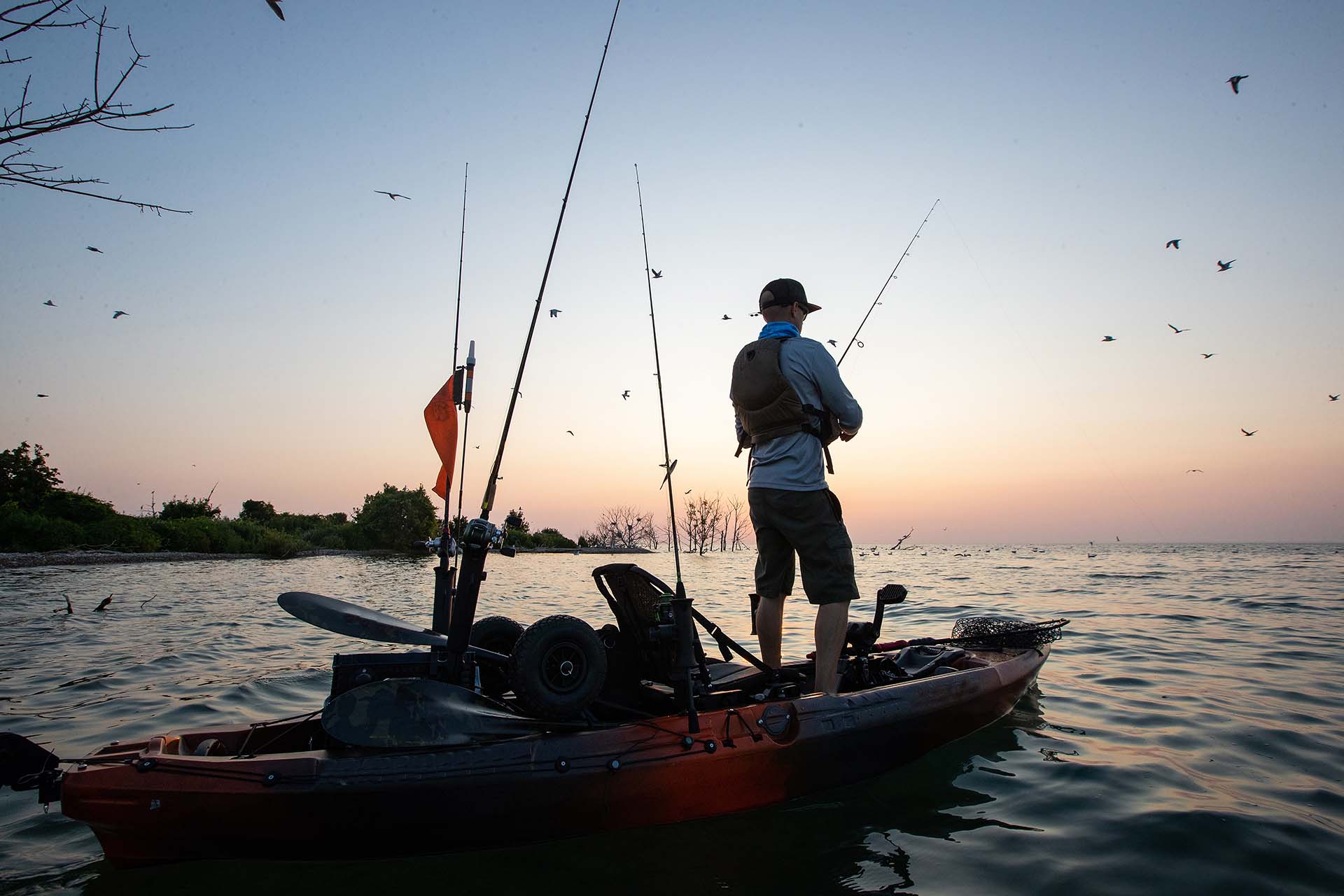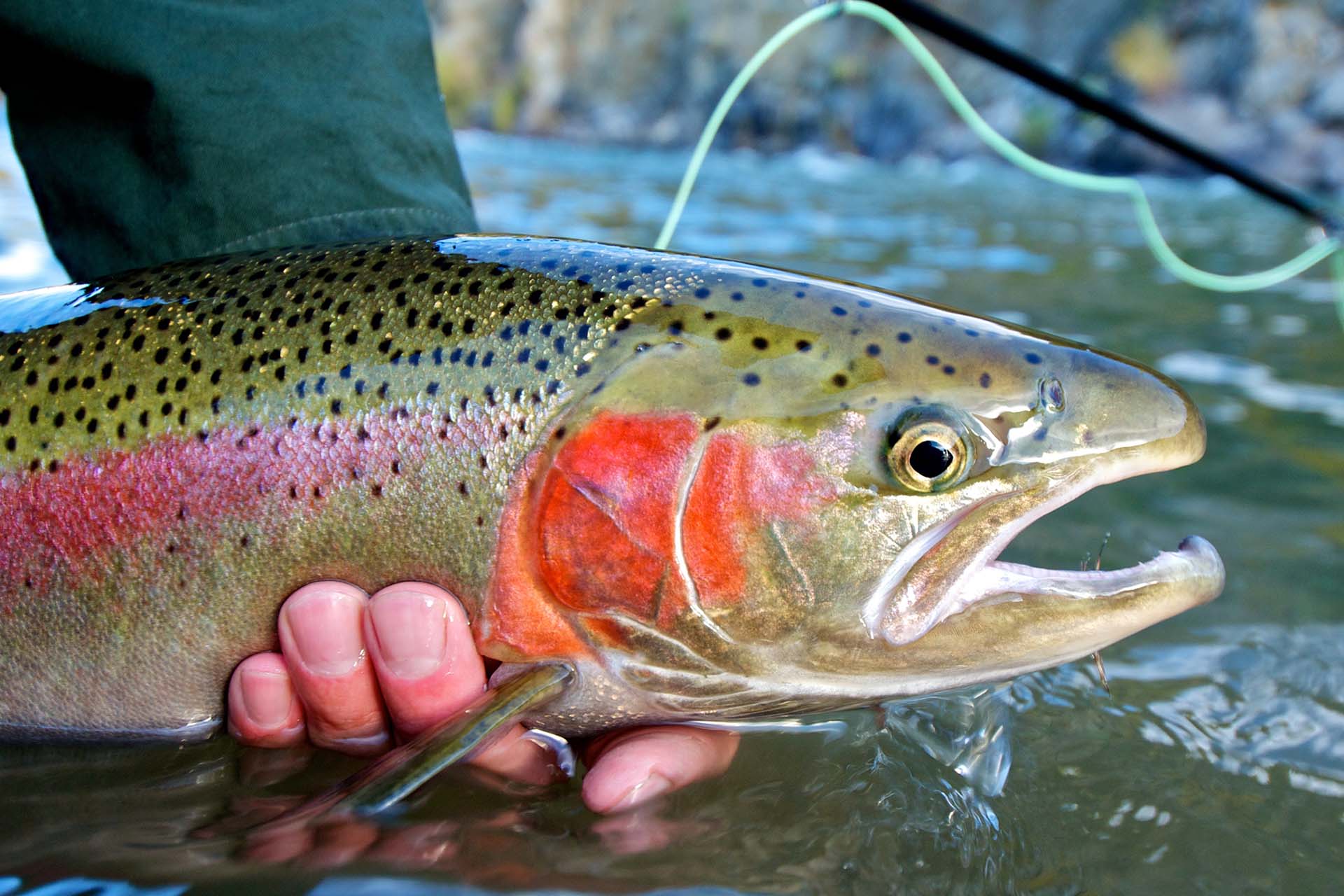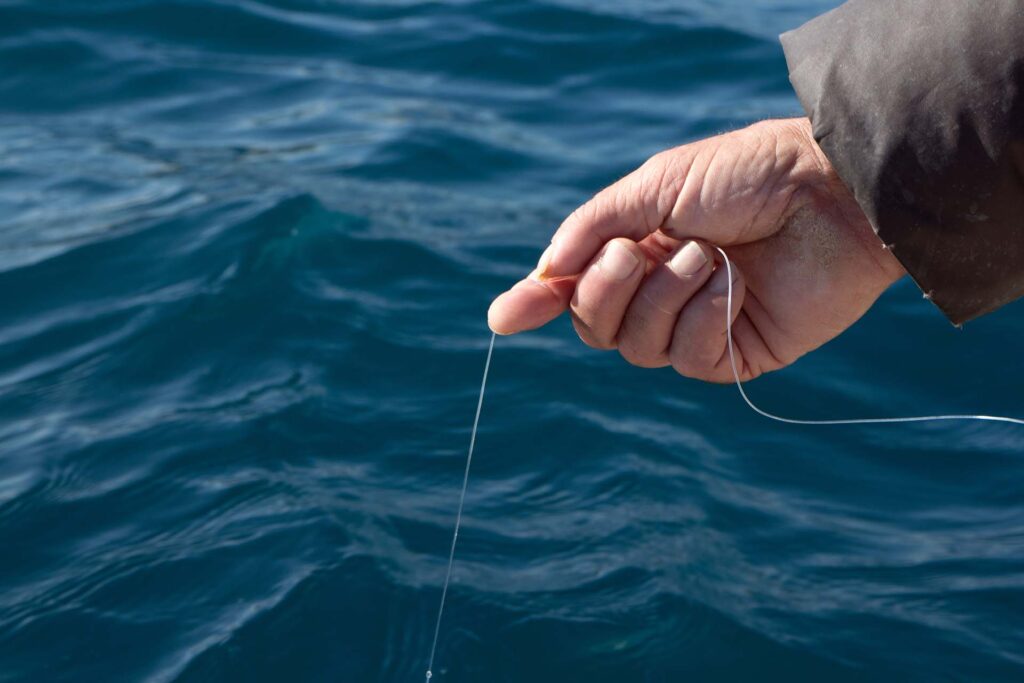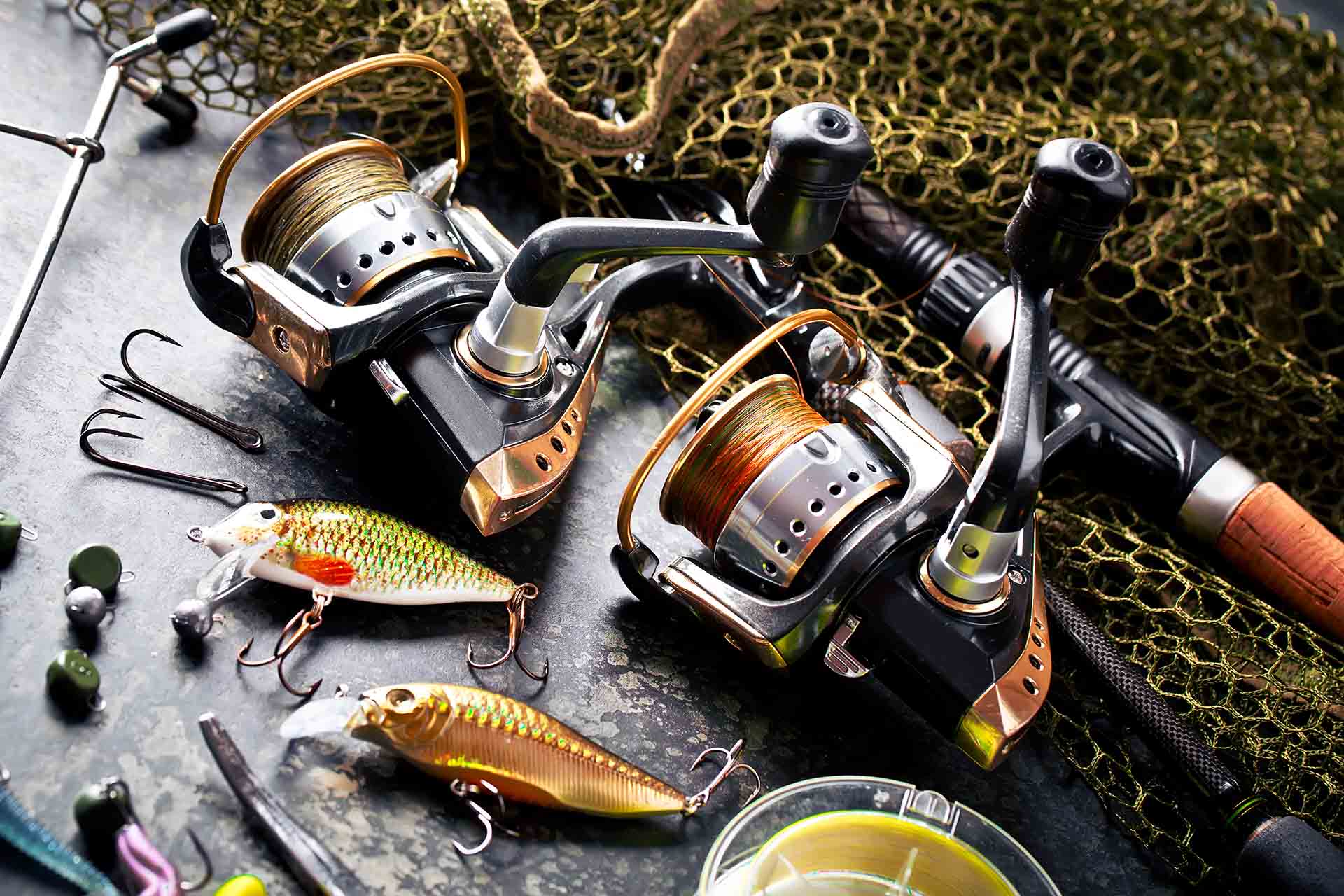Embarking on a maritime adventure comes with the responsibility of safeguarding your vessel against the elements, and selecting the best boat cover material is crucial to that protection. With this comprehensive guide, choosing the right fabric for boat covers will be a breeze, and you’ll get much-needed peace of mind on every voyage.
What Is the Best Boat Cover Material?
The best material for boat cover varies based on individual needs. However, durable and high-quality marine canvas for boats like polyester and acrylic stand out for their strength, water resistance, and UV protection. Consider your style of fishing, specific usage, weather conditions, and storage requirements to make an informed choice tailored to your boat’s well-being.
Having this fishing-related gear is something that you should consider, although you’ll have to plan your budget accordingly. But, don’t be discouraged because you’re not the only one considering it – in 2020, Americans spent more than $49 billion on vessels, marine products, and needed services.
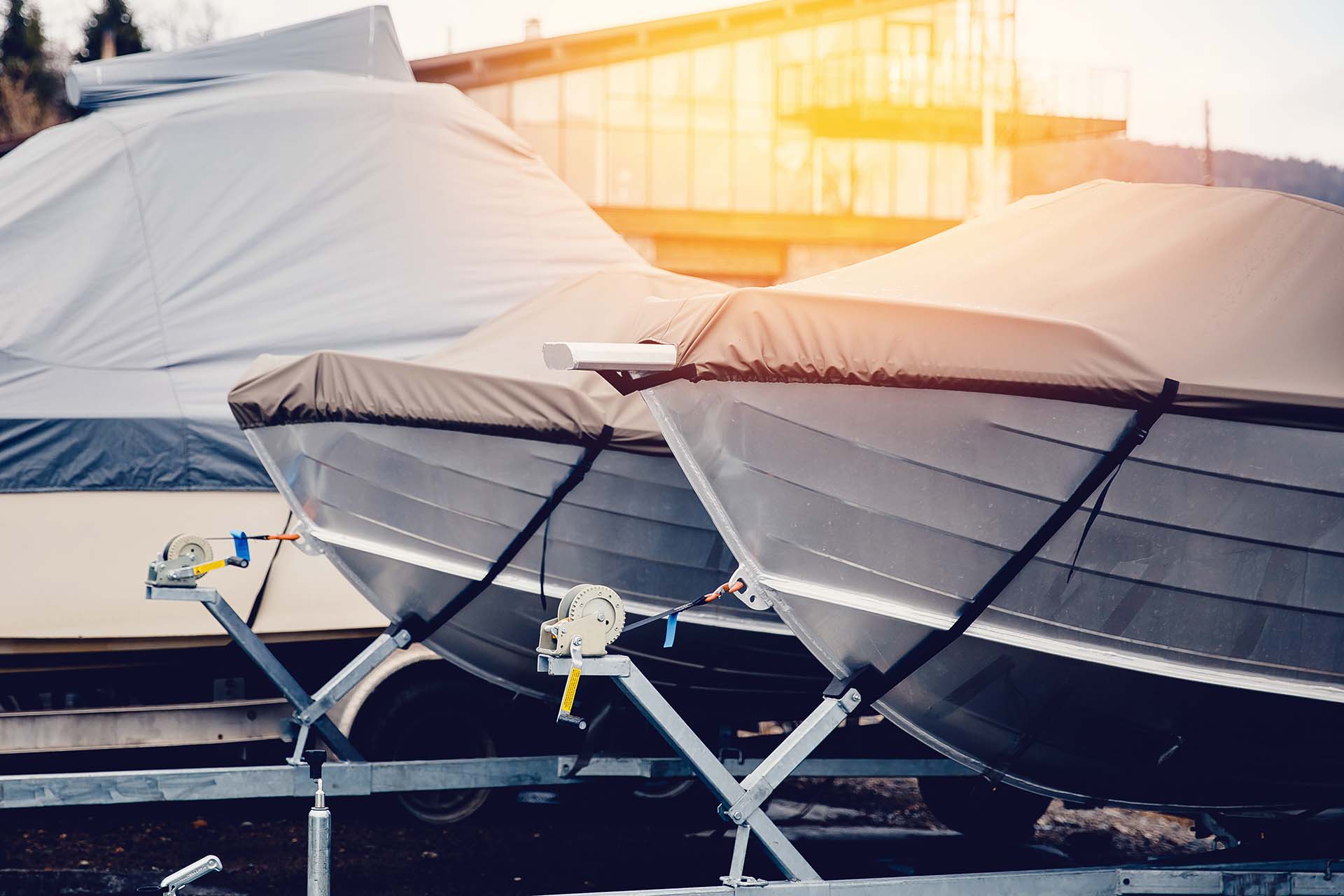
First Things First – Understand the Fabric Weight and Quality
Fabric weight, measured in ounces per square yard (oz/yd²), is a key indicator of material density. The impact of fabric weight on the quality of boat covers is substantial. This means that heavier weights often signify greater durability and resistance to wear and tear. A higher fabric weight can contribute to enhanced longevity and robustness, crucial factors in withstanding the harsh marine environment.
Also, don’t forget that the type of fishing and the environment have a lot to do with choosing the most suitable protective material for your vessel. For example, sailors with freshwater boats like those for rivers and boats for lakes should opt for marine-grade polyester canvas.
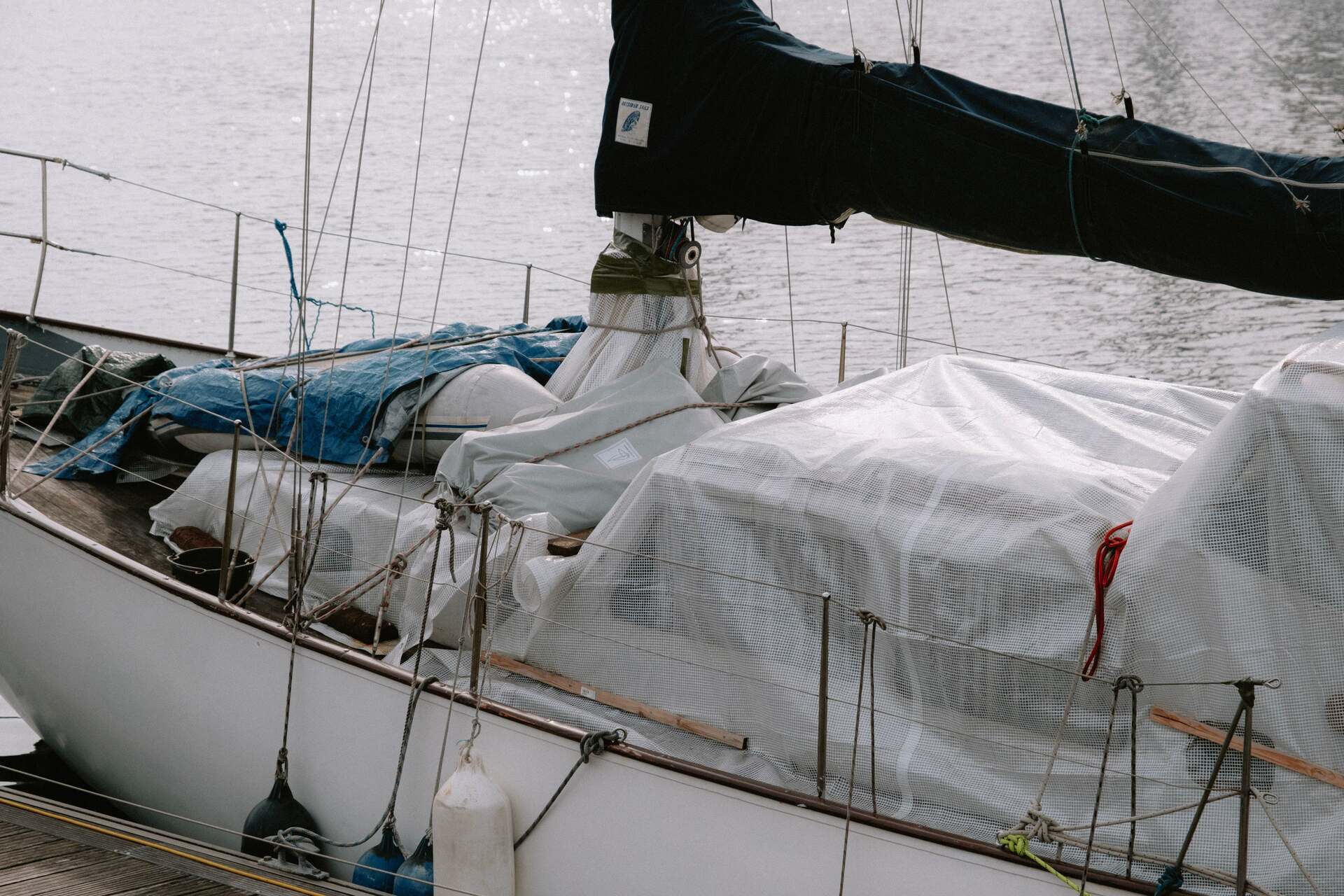
Explore What Types of Boat Cover Materials You Can Choose From
Finding the ideal protection textile involves navigating through a diverse array of materials, each with its unique set of properties. From the robust protection of vinyl to the breathable durability of acrylic, understanding the characteristics of different materials is a must. It’s just like with toolkits for boat fishing, each has its unique set of properties tailored to the demands of fishing enthusiasts.
Vinyl Covers
Vinyl offers distinct types such as laminated and coated marine vinyl, each with its unique properties. Laminated vinyl combines layers for added strength and weather resistance, while coated marine vinyl provides a sleek finish and enhanced durability. Embracing water resistance and versatility, vinyl emerges as a formidable choice, adept at shielding against the elements.
Polyvinyl Composite
Polyvinyl is known for its exceptional strength and resistance features, making it a robust protection choice. This material combines the durability of vinyl with added elements to create a composite that can withstand the challenges of marine environments. Whether facing rough weather or long-term storage, this material provides reliable protection.
Acrylic Covers
Acrylic is a versatile option, boasting durability and moisture-wicking properties. This fabric efficiently resists water, but it’s also one of the breathable fabrics for boat covers. That way, it eliminates the risk of mold and mildew.
Canvas Covers
Canvas boat cover effectiveness is a real deal. It provides a sturdy shield against rain and moisture. However, considerations arise due to its weight, impacting factors like ease of use and storage.
Teflon Coated Acrylic and Urethane Coated Polyester
These materials showcase unique properties tailored for specific usage scenarios because they add an extra layer of protection, especially when you’re fishing in winter. Whether seeking extra durability or specialized performance, these coated materials are the right choice for you.
Pick One of the Specialized Boat Cover Materials
As we navigate the sea of specialized cover materials, a realm of tailored protection unfolds, each designed to cater to specific needs and vessel types. These materials go beyond the one-size-fits-all approach, offering nuanced solutions for varying vessel categories, from sports to rigid and soft inflatable boats. Let’s check some of the most popular options.
Balance Between Budget Constraints and Enhanced Quality for Sports Boats Covers
Sports boats, also known as speedboats or powerboats, are watercraft designed for recreational and high-speed activities, characterized by their streamlined design, powerful engines, and suitability for water sports and leisure cruising.
When it comes to safeguarding sports boats like kayaks, the market offers a spectrum of choices, ranging from budget-friendly options to premium covers. The differentiation lies not only in cost but also in the material and build quality.
Budget covers provide fundamental protection but may lack the durability and advanced features found in their premium counterparts. Premium covers, on the other hand, prioritize top-notch materials and meticulous construction, ensuring comprehensive protection and prolonged service life.
RIB or SIB Covers Provide Optimal Protection
Rigid inflatable boats (RIBs) and Soft inflatable boats (SIBs) are types of lightweight, versatile watercraft characterized by rigid hulls and inflatable tubes, offering stability, buoyancy, and ease of transport. These vessels demand specialized protection due to their unique features.
Luckily, the covers are crafted with precision, considering the inflatable structure and specific design of these boats. Typically, RIB or SIB covers incorporate materials that offer durability and resistance to the elements while accommodating the inflatable aspects of the vessels.

Water-Resistant vs. Waterproof Materials for Boat Protection – What’s the Difference
In the realm of vessel protection, particularly for those engaged in activities like fishing on a vessel, comprehending the difference between water-resistant and waterproof materials is paramount. Water-resistant materials offer a measure of defense against moisture, making them suitable for occasional exposure to water or light rain during fishing expeditions.
However, they may not endure prolonged exposure or heavy rain, allowing water penetration over time. Conversely, waterproof materials, ideal for anglers seeking continuous protection during fishing on a boat, create an impermeable barrier. This ensures the prevention of water penetration even in the face of persistent rain or submersion.
The choice between these options is influenced by the specific requirements of the vessel, the anticipated environmental conditions during fishing trips, and the need for reliable fishing boat accessories to enhance overall protection. This being said, check out the table below and find out some of the most important features of both options.
| Feature | Water-Resistant Materials | Waterproof Materials |
|---|---|---|
| Water Protection | Offers a level of protection against moisture but may not withstand prolonged exposure or heavy rain | Provides an impermeable barrier, resisting water penetration even in continuous rain or submersion |
| Breathability | Should be breathable to allow air circulation, preventing mold and mildew | Requires proper ventilation to prevent condensation buildup underneath the cover |
| Best Use Case | Suitable for boats with occasional exposure to water or light rain | Ideal for boats in consistently wet or rainy environments |
| Considerations | Adequate breathability is essential to prevent mold and mildew | Ventilation is crucial to avoid condensation |
Check Out Factors That Influence Your Fabric Choice
As boat owners navigate the myriad options in the quest for the perfect cover, various factors come into play, each influencing the overall effectiveness of the chosen fabric. Understanding these factors is key to ensuring a tailored solution that aligns with your unique boating needs.
There are some important considerations that will shape your fabric choice and safeguard your vessel against the elements. This includes things like geographical nuances affecting chafe and UV resistance. But it’s also important to consider the comparative analysis of polyester and acrylic fabrics regarding durability over time.
Geographical and Boating Context Influences on Chafe and UV Resistance
Chafe resistance and UV resistance stand as crucial factors in determining the longevity and effectiveness of boat cover materials. These considerations, however, aren’t universal but are intricately linked to geographical locations and the type of boating pursued.
For those navigating under intense sunlight or in harsh weather conditions, the demand for superior UV resistance becomes essential. Similarly, chafe resistance gains significance in areas prone to abrasion. Understanding how these factors vary based on your boating context empowers you to make an informed fabric choice that withstands the unique challenges your vessel may encounter.
Polyester and Acrylic Are Durable Marine Fabrics for Boat Covers
Polyester and acrylic fabrics emerge as contenders in the realm of boat cover materials, each possessing distinct qualities regarding strength and longevity. Comparing these two materials provides valuable insights into their performance over time. Polyester, known for its robustness, stands out for frequent use, offering durability that withstands the rigors of various weather conditions.
On the other hand, acrylic, while also durable, excels in moisture-wicking properties, crucial for preventing mold and mildew. So, being one of the mildew-resistant materials for boat covers, boat owners choose this fabric, especially when it’s the season for catching the most common saltwater fish.
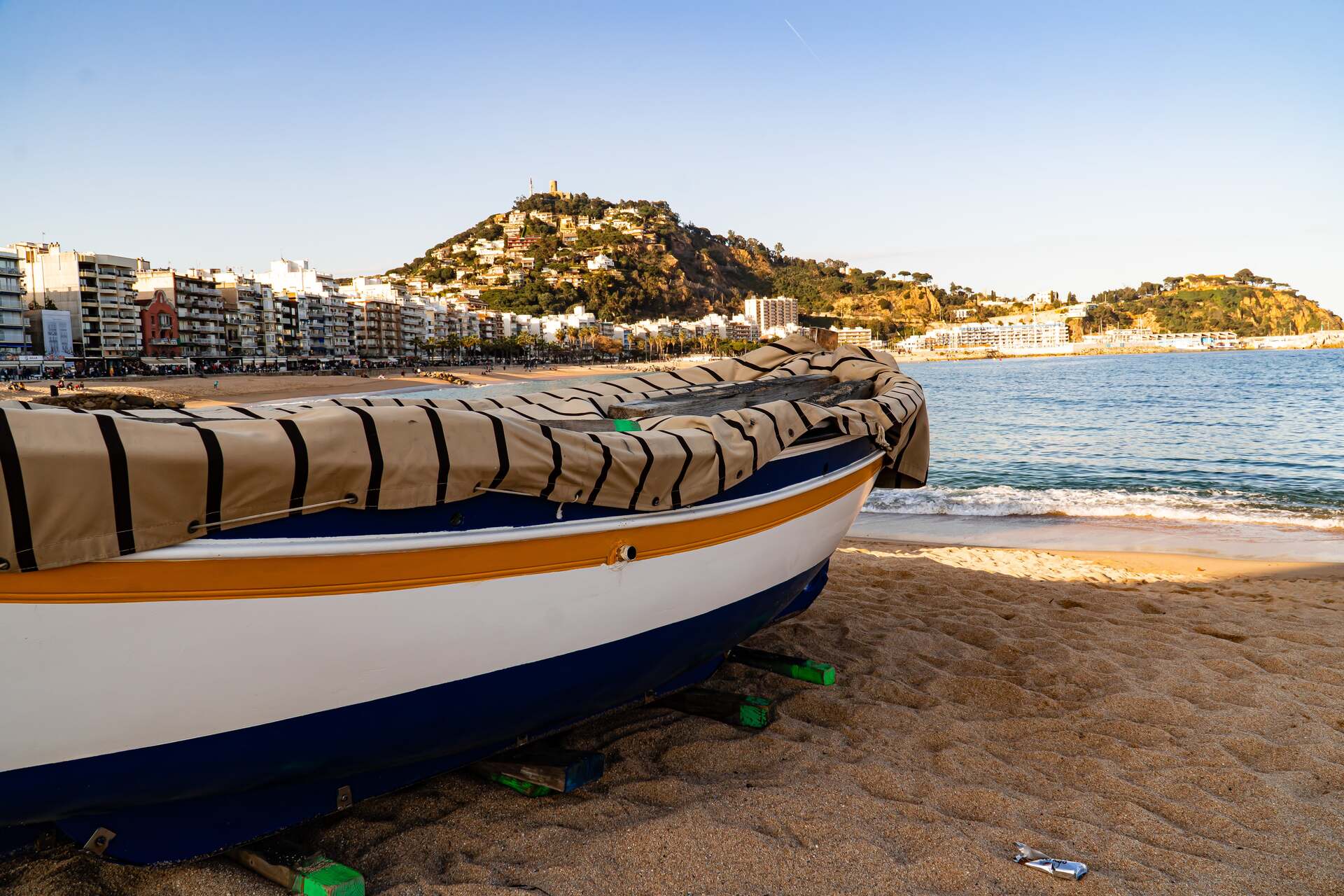
There Are Additional Considerations for Choosing Long-Lasting Boat Cover Textiles
Besides choosing the best fall fishing destinations, keep in mind you have to prepare your safety equipment too. When it comes to choosing the most suitable covers, it doesn’t only involve understanding the fabrics. It also involves considering additional factors that can significantly impact the performance and longevity of your cover. Here are these crucial considerations to ensure your vessel is shielded effectively against the elements.
Fabric Weight
The weight of your cover fabric plays a pivotal role in determining its durability and functionality, akin to how a seasoned and famous angler carefully selects their gear. It’s not only about whether tear-resistant boat cover materials better fit your needs. For covers subjected to frequent use, striking the right balance between weight and durability is essential to withstand the wear and tear of regular handling. Conversely, for outdoor boat storage cover materials, careful consideration of weight becomes crucial to ensure easy handling and efficient storage.
Colorfastness of the Cover
However, comparing vinyl and acrylic boat covers, it could come to your mind that the aesthetic appeal of your cover is not merely about style. It also ties into the fabric’s ability to retain its color over time. Enter colorfastness, a quality particularly crucial for maintaining the visual integrity of your cover. Opting for solution-dyed fabrics becomes paramount, as these materials are inherently resistant to fading.
This resistance ensures that your material not only provides reliable protection but also retains its vibrant colors despite prolonged exposure to sunlight and the elements. Consider colorfastness a longevity investment, preserving the visual allure of your cover for seasons to come.
Thread Choice
The fabric does not solely determine the strength and resilience of a cover – the choice of thread used in its construction also plays a significant role. To enhance the cover’s longevity and overall performance, it’s recommended to get UV-resistant boat cover fabrics with UV-resistant threads for sewing. These threads are specially designed to withstand prolonged exposure to sunlight, ensuring they won’t degrade over time.
Navigating Waters of Protection for Your Vessel
In the expansive sea of cover options, the importance of carefully selecting the right material based on individual needs and preferences cannot be overstated. Just as no two fishing spots are identical, each boat owner’s requirements vary, demanding a tailored approach.
As owners weigh the fabric options, similar to choosing the perfect lure or bait, the goal is not merely protection. It’s about the harmonious alignment with the unique habits and demands of their boating lifestyle. This careful selection ensures that the chosen cover becomes not just a shield against the elements but a customized companion, safeguarding the vessel with precision and reflecting the essence of individual boating journeys.

